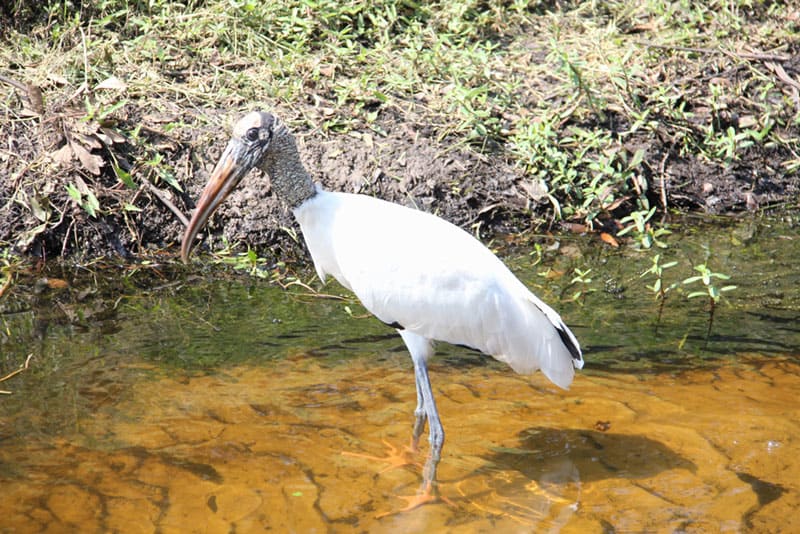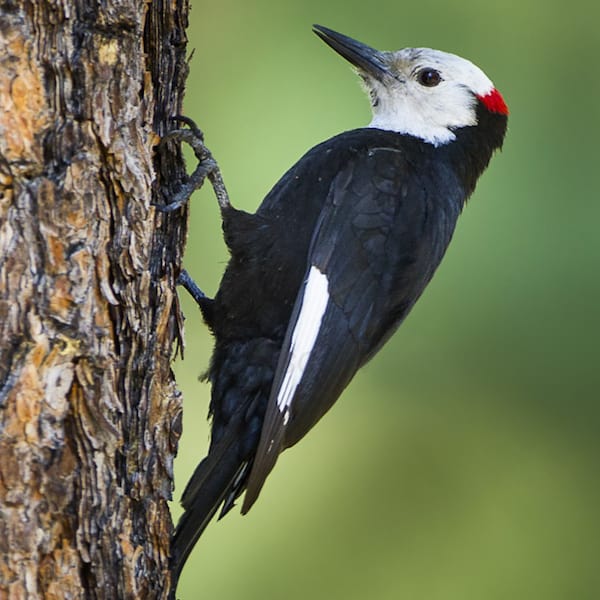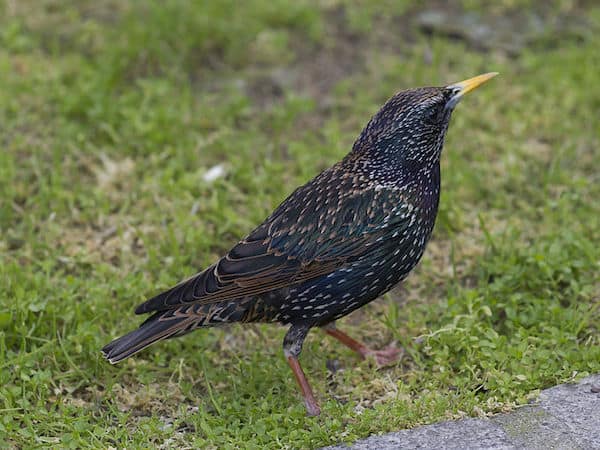Look for
Males in alternate plumage are unmistakable, with a gorgeous, bright rusty plumage over most of their bodies, and deep red eyes. Females can be quite difficult to separate from blue-winged teal, but are usually less cleanly marked, and with a much warmer brown tone overall. Males have a pale blue underwing. Females have a dull blue underwing. Both sexes have a relatively long, heavy, and darkly colored bill.
Find it
Spring through fall, cinnamon teals can be found in the Western half of the United States—primarily in mountainous regions and along the Great Basin—and the coastal regions and marshes of Mexico.
Cinnamon teal breed from southwestern Canada, along the Pacific coast of the United States, and east to the edge of the Great Plains. They spend winter in the Southwest, primarily from northern California to South Texas. But it is also a fairly frequent stray across the eastern United States.
Diet
Cinnamon teal are omnivores. Their diet consists of aquatic vegetation and insects, seeds, snails, and zooplankton.
Nesting Behavior
Females construct nests of the dry stems of rushes, bulrushes, saltgrass, and grasses. Females alone incubate the eggs. They add dark brown or black down to the nest. Eggs are off-white to buffy.
WOW!
Cinnamon teals eat by dabbling in shallow water. Sometimes cinnamon teals will follow each other and dabble together for food. The leader of the line stirs up water in the front, making it easier for those in the back to find food.
Listen for
Cinnamon teals are relatively quiet and do not vocalize often. The female voice is coarse, high, less nasal than the green-winged teal. Males in display give a dry, chattering or rattling gredek, gredek.




